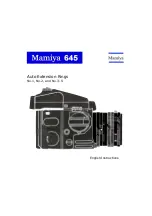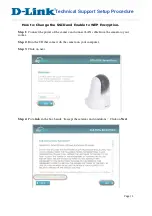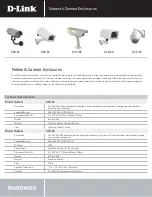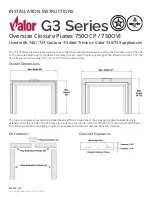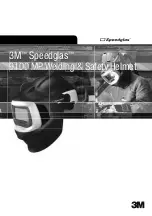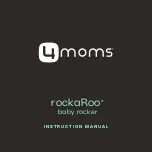
E T X T S O L I T H I U M B A T T E R I E S
3
Installation Requirements
“This article meets the minimum requirements of technical standard order (TSO) C179b.
Installation of this article requires separate approval.” The article may be installed only according
to 14 CFR part 43 or the applicable airworthiness requirements. Below are the installation
specific, in-service requirements as identified in EarthX’s AML STC process document 18114-03
and is not part of the TSO Part (LRU) specific certification under TSO-C179b:
The maximum charge rating is 80 amps, so the aircraft alternator rated output must be 80
amps or less.
The maximum voltage output from aircraft charging system shall not exceed 16 volts.
Thus, an automatic over-voltage protection device (OVPD) is required on the aircraft
charging system.
The battery fault monitoring indicator must be installed and tested.
The battery vent system must be installed (see installation section of this manual).
The cranking current demand should not exceed; a Peak Power (Ipp) 800/390 Amps
(+23C/-18C), Rated Power (Ipr) 600/365 Amps (+23C/-18C). Note: Old CCA spec is
Ipr at -18C.
The capacity demand (storage requirement) should not exceed 31 Amps for 30 Minutes.
Timely pilot identification and load shedding assumed per normal procedures. An
Electrical Load Analysis (ELA) is required.
The battery must be installed in such a manner and or location to limit radiant and
convection heating. The maximum short term (30 minute) environmental temperature of
battery location should be less than 65°C. The maximum short term (30 minute)
environmental temperature of battery location while the aircraft is on the ground shall not
exceed 85°C. The battery’s normal operating temperature is -30
°
C to 60
°
C.
The battery should be secured in the existing battery box or battery holder as detailed in
this manual and aircraft model specific STC IWD instruction.
The maintenance must comply with the requirements of the Instructions for Continued
Airworthiness (ICA), a separate document.
Specifications
Model: ETX900-TSO-REVx
Voltage
13.2 V
Capacity (1C, 1hour rate at 23
°
C)
15.6Ah @ 1C rate (See below)
Capacity vs Temperature
25 °C = 15.6Ah
0°C = 15.3Ah
-30°C = 15.0Ah






















